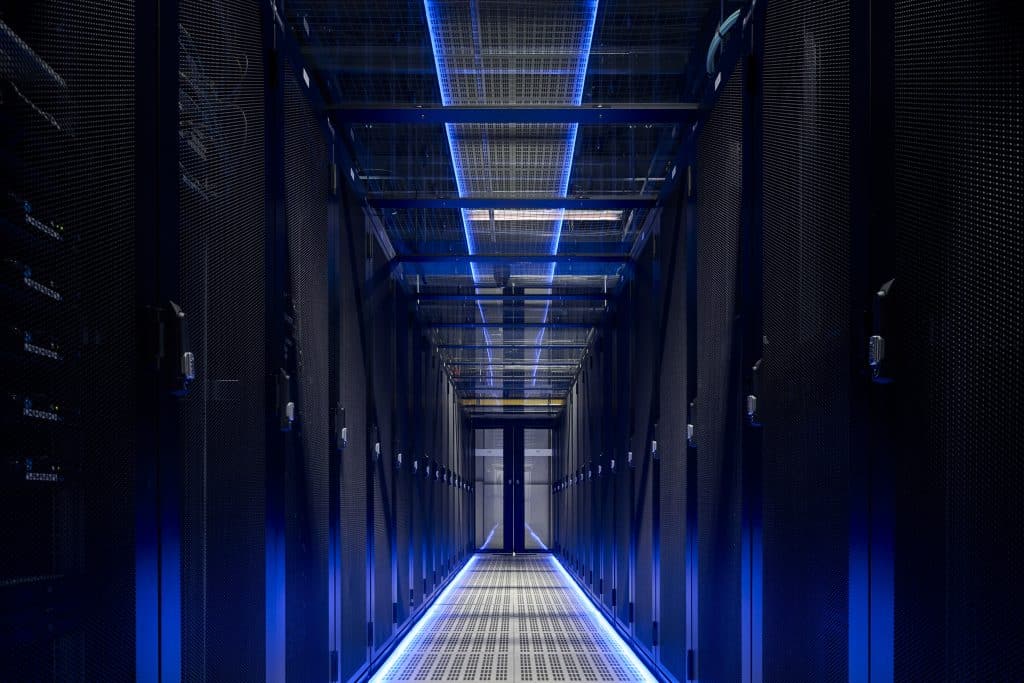
Retrofitting in the Irish Data Centre Market: How Operators Can Power a Sustainable Future
Ireland has long been a go-to location for data centre operators. Positioned between North America and Europe, with a cool climate and a favourable tax rate, it’s no surprise that tech giants have set up shop here. Today, there are over 80 data centres across the country, mostly in and around Dublin, with an estimated €6.5 billion worth of projects currently in motion.
But one of Ireland’s biggest industries is now under pressure. Power constraints, climate targets, and planning restrictions have stalled growth. EirGrid’s de facto moratorium means no new grid connections in Dublin until at least 2028. That’s pushed many operators to hit pause on projects and look elsewhere.
With new builds on pause, the focus is shifting. Retrofitting – upgrading existing data centres to meet rising demand – has emerged as a plausible solution. But without the right strategy, operators risk inefficiencies, wasted investment, and falling short of ESG goals.
Delivering More from the Same DC Footprint
Energy use is now a major concern for data centres globally, with governments scrutinising their impact on climate targets and national grids. In Ireland, the issue is particularly noticeable. Data centres consumed 21% of the country’s electricity in 2023, more than all Irish households combined.
With new connections on hold until at least 2028, it’s clear operators can’t build their way out of demand. They need to think about how to get more from the sites they already have. That’s where retrofitting comes in. By upgrading existing infrastructure, particularly power and connectivity, data centres can better support high-density workloads like AI without exceeding energy requirements.
One of the most effective, and often overlooked, ways to unlock this efficiency is by upgrading legacy cabling. High-performance cabling enables data to be delivered on time, avoiding it from being retransmitted multiple times. This prevents bottlenecks and reduces latency. Cabling shouldn’t be treated as an afterthought, as it is central to improving Power Usage Effectiveness (PUE) and enabling real-time optimisation through AI. With ESG regulations like the EU Corporate Sustainability Reporting Directive raising the bar for transparency, future-ready retrofits are critical for meeting compliance standards.
Seeing the Whole Picture
Designing a retrofit is more than replacing old kit. It requires stepping back and asking: what will this facility need in five or ten years? Retrofitting in the AI era demands more than more compute. Operators need complete clarity over the purpose of their data centres.
AI is reshaping infrastructure requirements. GPU-heavy racks demand more power, cooling, and throughput than traditional compute. Meeting those needs means embedding new systems into the very fabric of the site, changes that are expensive and difficult to reverse.
Holistic design helps mitigate that risk. It starts with involving more stakeholders early. Cabling, security, power, and operations teams should all feed into the planning phase to flag bottlenecks and build flexibility in from day one. Sites must be able to accommodate both AI and traditional compute, adjusting as the market matures – for instance, low-quality cabling won’t hold up under AI’s peak loads. Investing in higher-grade infrastructure today, reduces the risk of future failure and costly reworks tomorrow.
With AI already in the rack, it can also be used to optimise the facility itself, from monitoring energy usage to predicting maintenance needs. These real-time insights can keep performance high while reducing operational overhead. Holistic planning gives operators the adaptability they need to support AI today, without limiting their options.
The Need for ‘New’ Modular Infrastructure
With hardware life cycles shortening and AI workloads growing, flexibility should be foundational. Retrofitting must embrace a new definition of modularity, one based on infrastructure agility, not just containerised builds.
Modular design today means creating an IT environment where components – compute, cooling, cabling – can be swapped in and out with minimal disruption. This ensures sites can scale as needed, whether that means accommodating new customers, increasing density, or adding redundancy. The cabling backbone is especially critical here: without a robust foundation, modularity falls apart.
End-of-life equipment is a ticking clock in many Irish facilities. Operators need clear upgrade strategies and partners with supply chain resilience to keep projects moving. With skilled staff already stretched thin, additional expert resources can ensure retrofits progress smoothly without pulling internal teams away from their day-to-day responsibilities. This is where modularity can help both operational continuity and long-term sustainability, by allowing data centres to grow smarter, not just bigger.
Why the Right People Matter
As the Irish data centre industry evolves and changes, operators are facing a “triple punch”: supply chain delays, sustainability pressures, and a critical skills shortage. Add to that the need to retrofit live environments without downtime, and it’s clear that no operator can tackle this alone.
Reliable partnerships are the backbone of any successful retrofit. From design and procurement to installation and go-live, experienced integrators reduce risk, unlock efficiency, and support compliance. They also bring the insight needed to avoid costly missteps, like deploying bad cabling or failing to meet ESG reporting standards.
Safety is another pressing concern. Retrofitting in live environments brings significant risks: electrical hazards, noise, heat, and physical strain. Operators must prioritise planning, training, and communication to meet high health and safety standards, particularly under increased scrutiny from regulators. Any shortcut can jeopardise both timelines and team safety. The workforce gap compounds these challenges. With over half of operators (53%) struggling to find qualified candidates, and 42% reporting losing staff to competitors, the burden on existing teams is growing. Partnerships that bring in external talent, training, and know-how can relieve pressure and protect quality throughout the project lifecycle.
Retrofitting is Not Just Necessary – It’s Strategic
Ireland’s data centre sector stands at a crossroads. The pause on new builds, combined with soaring demand and rising environmental obligations, means the current data centre landscape needs to evolve to stay viable. Retrofitting offers a way forward – but only when guided by clear strategy, modular thinking, and trusted expertise.
Energy efficiency, holistic design, and modern modularity form the technical foundation. But success will ultimately hinge on people: the partners, designers, engineers, and technicians who turn retrofits into future proofed data centres.
For Irish data centres to remain competitive on the global stage, operators must act now – rethinking, rewiring, and rebuilding for a smarter digital future.
About Onnec
Onnec is a leading Infrastructure Solutions and Services company for tech and enterprise, specialising in structured cabling, managed services, and network solutions. Our team of experienced designers, project managers, and engineers, supported by world-class vendor partnerships, delivers top-tier services and solutions.
Onnec’s expertise spans all data centre environments and can support customers with:
- Structured cabling design and installation
- Installation of cabling, ODFs, PDUs and containment solutions
- Network hardware installations, changes and support
- Connectivity and equipment upgrades and changes
- Smart Hands support services


